tooth resorption cats vca
Tritrichomonas Infection Causes Diarrhea in Cats. It is important to understand however that most of the veterinary dental services charge per tooth extracted.

Pet Teeth Cleaning Extraction Costs Spot Pet Insurance
Without treatment a cat is in extreme pain may stop eating become very ill.
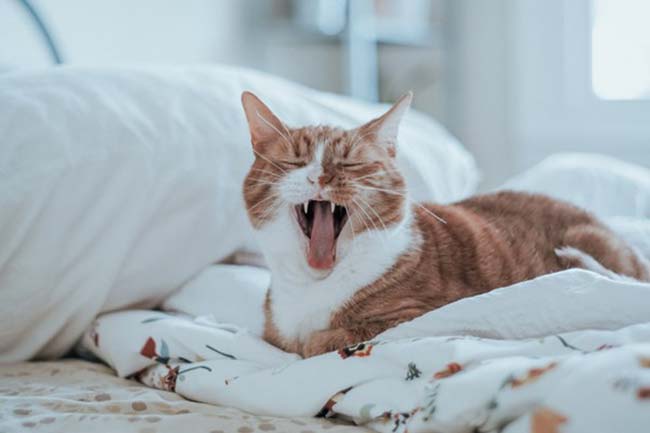
. Dental disease in cats can cause serious pain and discomfort which can impact a cats quality of life. However tooth resorption in cats is referring to a specific and painful condition. Tooth resorption is a condition in cats where their body starts to break down and absorb the structures of a tooth.
Hale DVM FAVD Dipl AVDC Page 4 August 2012 Long Distance. Breaking can expose the dentin. The two most common dental diseases are Tooth resorption and Feline Gingivostomatitis and the severity of each of these conditions can vary significantly.
Tooth resorption in cats vca animal hospital. CBD Use in Pets. Tooth resorption differs from dental caries that result from demineralization of tooth structures by acidic bacterial byproducts.
Its submitted by handing out in the best field. There are five recognized stages of tooth resorption. Hale Veterinary Clinic toothvettoothvetca wwwtoothvetca Local Calls.
This suggests that if these cats live long enough every single tooth will eventually succumb to resorptive lesions. 2910 In one study the risk of a cat developing tooth resorption was found to increase 178 times with every year a cat aged. Tooth resorption is a pathologic process that results in the loss of tooth structure.
What Is Feline Tooth Resorption. Most times it is up to the veterinarian or astute owner to diagnose tooth resorption. It also contains an inner canal filled with nerves blood vessels and lymphatic vessels.
A cats tooth has an upper portion crown and a lower portion root. 2 The youngest cat reported with tooth resorption was 1 year old. Tooth Resorption in Cats.
Region of the root. Tooth Resorption In Cats. Tooth resorption TR is defined as resorption or loss of dental hard tissue mediated by odontoclasts cells involved in normal tooth movement and loss of deciduous teeth.
In the past tooth resorption was referred to as feline oral resorptive lesions feline odontoclastic resorptions cavities caries cervical neck lesions external or internal root resorptions and cervical line erosions. Tooth resorption represents one of the most common diseases seen in domestic cats and occurs in 20-75 of cats depending on the population studied. Over 50 of adult cats develop tooth resorption.
Tooth resorption in cats is prevalent affecting 28 to 68 of mature cats. Others show increased salivation oral bleeding or difficulty eating. The most commonly affected teeth include the lower premolar and molar teeth as well as the upper premolar teeth.
What she is seeing may look like a small hole. Tooth resorption formerly known as cervical neck lesions or feline oral resorptive lesions is a progressive destruction of the tooth crown andor root resulting in slowly progressive holes in the affected teeth. FRLs are painful lesions that can affect any and all teeth and affect s up to 60 of cats by the time they are 6 years old.
Cats with tooth resorption will often have inflammation of the gum tissue surrounding the affected tooth. This problem is the most common oral disease found in cats affecting up to 60 percent of domestic felines. Cats Teeth Examination for Cat Owners.
Tooth resorption starts when odontoclast cells begin to attack healthy teeth. Here are a number of highest rated Feline Tooth Resorption pictures upon internet. All that will remain is a raised bump on the gums.
We identified it from obedient source. When a cat falls or hits its head a tooth fracture can occur particularly in the long canine teeth. There are many possible causes for tooth resorption.
Tooth resorption is progressive and may be singular or multiple and on the lingual side where the tongue is or buccal side where the cheek is side of the tooth. Other names for them include FORLs feline odontoclastic resorptive lesions feline cavities cervical neck lesions. Feline tooth resorption is a condition in which the body begins breaking down and absorbing the structures that form the tooth.
Dale Kressin DVM DAVDC of Animal Dentistry and Oral Surgery Specialists LLC. Tooth Resorption in Cats You have brought your happy healthy 7 year old cat Sylvester to the vet for his annual exam. Resorption starts at the gum line and progresses eroding sensitive dentin.
It generally begins below the gum line with resorption of the cementum or more rarely at or above the gum line with resorption of enamel. Cats with tooth resorption may show increased salivation oral bleeding or difficulty eating as well as muscular spasms or trembling of the jaw whenever the lesion is touched. Compare it to the appearance of the normal tooth next to it.
Once sensitive parts of the tooth are exposed these lesions become intensely painful and the only effective and humane treatment is to extract the tooth. One of the most common yet most undiagnosed conditions that affect cats are feline resorptive lesions FRLs. The process usually starts in the enamel along the gum line and continues towards the center of the tooth.
Any tooth can be affected by tooth resorption but the mandibular premolars bottom cheek teeth are most commonly diseased. Cats with tooth resorption may show increased salivation oral bleeding or difficulty eating as well as muscular spasms or trembling of the jaw whenever the lesion is touched. Feline tooth resorption is a common painful condition in domestic cats.
If your cat is already well beyond 3 years old and is diagnosed with one or more of the aforementioned oral diseases expect to have your vet dentist advocate for full mouth extraction. Kressin will diagnose and treat. Cats experiencing tooth resorption require either full extraction of the tooth or amputation of the tooths visible crown.
Females and cats over five years of age are more prone to tooth resorption. Treatment will be determined based on the type of tooth resorption your cat has. 2 The prevalence as well as the number of teeth affected per cat increases with age.
All looks great on the outside but during his exam the vet has mentioned that she noticed some dental disease including a couple of resorptive lesions. Tooth resorption in a domestic cat. Internal resorption originates from within the pulp cavity while.
Reported prevalence of tooth resorption in cats ranges from 20 72. Your veterinarian will comment on the teeth and gums during the oral part of the physical examination. Eventually the tooth will be almost entirely gone.
Initially in stage 1 only. Lesions that affect the tooth crown are very painful and require treatment. Even though an oral exam is done many of these lesions are below the gum line and require dental radiography to.
Although causes have not been determined for tooth resorption in cats in general one study suggests that cats with tooth resorption have significantly higher serum concentrations of 25-hydroxyvitamin D than cats do without tooth resorption7 These researchers also found that 41 percent of canned cat foods have in excess of 30 times the vitamin D requirements of. The yellow arrow is pointing at the eroded area of the tooth next to the gum. Tooth resorption is a condition in cats where their body starts to break down and absorb the structures of a tooth.
Theres even evidence of the condition in mummified cats uncovered in ancient Egypt according to Snyder. Transitional Cell Carcinoma in Dogs and Cats. Some affected cats show pain and jaw spasms whenever the lesion is touched.
Various studies have found 28-67 of cats have tooth resorption and it is the most common cause of tooth loss in the cat. We allow this kind of Feline Tooth Resorption graphic could possibly be the most trending topic in the. Diseases of the teeth and gums are common in cats.

Fight For Fibre Http Www Fightforfibre Co Uk Gallery Html Vet Med Rabbit Care Rabbit Hutches
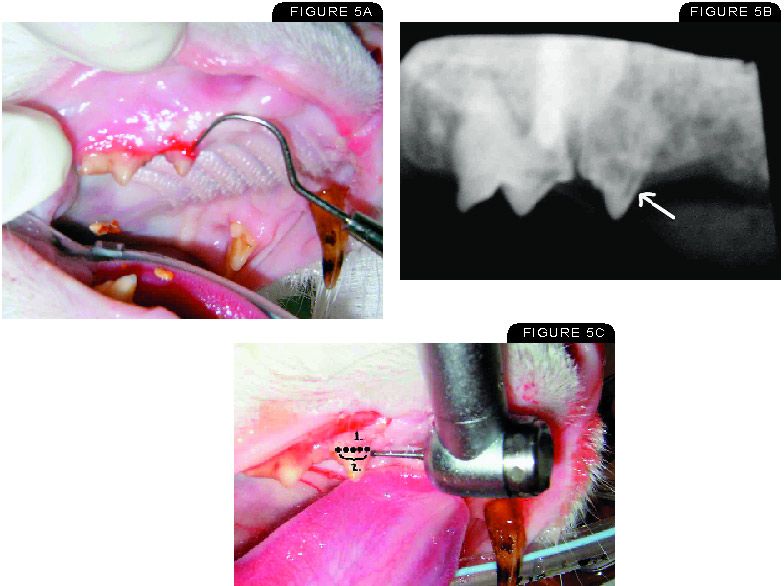
Dental Corner How To Detect And Treat Feline Odontoclastic Resorptive Lesions
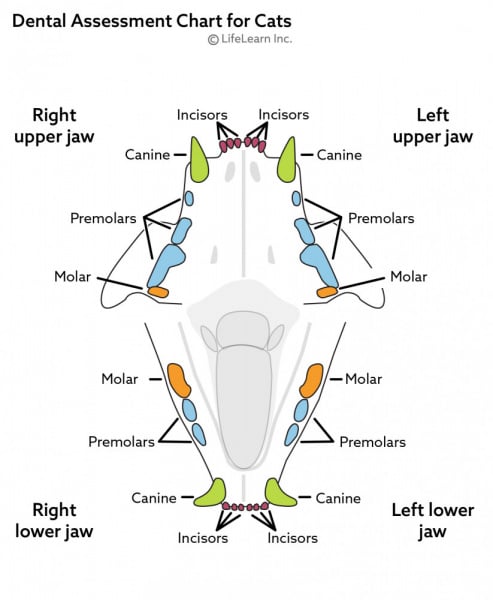
Dental Disease In Cats Vca Animal Hospitals

Hill S Prescription Diet T D Dry Cat Food

Feline Dental Disease Tooth Resorption In Cat Wellnessvet

Feline Dental Disease Tooth Resorption In Cat Wellnessvet

Tooth Resorption In Cats Vet Tech Vet Med Vet School
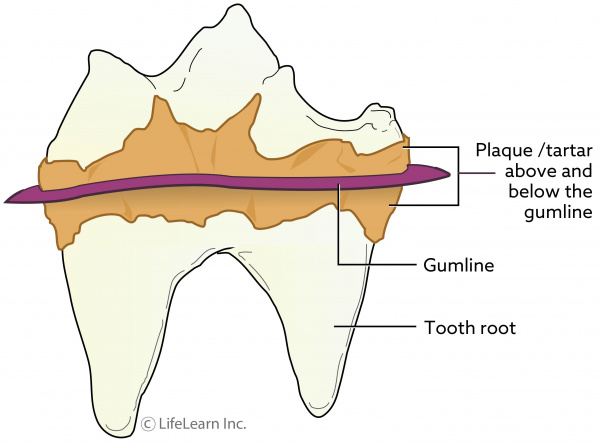
Dental Disease In Cats Vca Animal Hospitals

Frequently Asked Questions Re Veterinary Dentistry Two Rivers Veterinary Clinic

Chronic Feline Gingivostomatitis Proven Therapeutic Approaches And New Treatment Options

Feline Dental Disease Tooth Resorption In Cat Wellnessvet

Vca Northview Animal Hospital Specialty Referral Center Beranda Facebook

How To Make Brushing Your Cat S Teeth A Hassle Free Experience Daily Paws

Pet Health Network Pet Dental Health Pet Dental Health Month Pet Dental Care
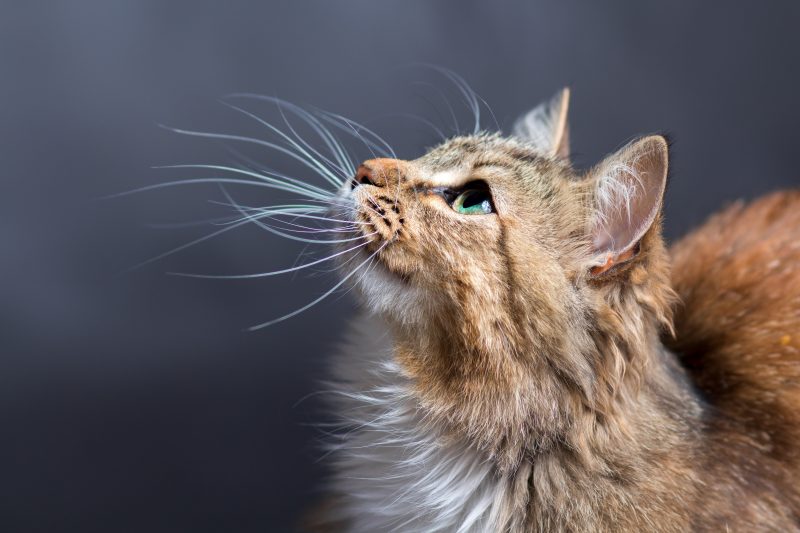
What Are Resorptive Lesions And Why Should I Be Concerned Coxwell Animal Clinic Clinic

